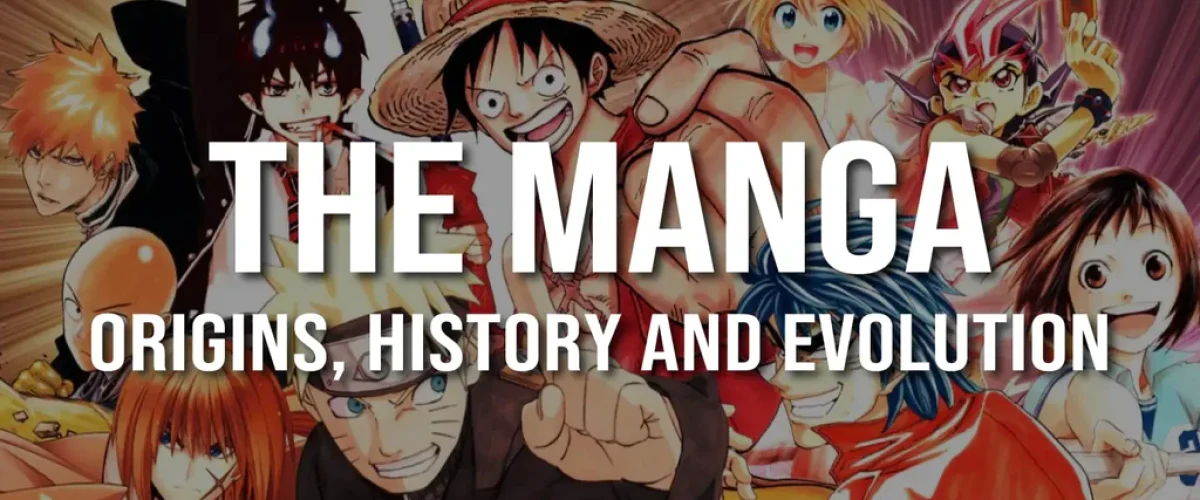History of Manga
Embark on an epic journey of adventure, friendship, and discovery in this captivating manga series where every page holds a new adventure and every chapter unveils a thrilling tale.

Manga, a form of Japanese comic art, has a rich and diverse history dating back centuries. Its origins can be traced to ancient Japanese art forms such as ukiyo-e woodblock prints and picture scrolls, which often depicted narratives and fantastical scenes. However, the modern manga industry began to take shape in the late 19th and early 20th centuries with the rise of mass media and the publication of popular serials in newspapers and magazines.
The post-World War II era saw the emergence of manga as a distinct and influential cultural phenomenon. Artists like Osamu Tezuka, often referred to as the “God of Manga,” played a pivotal role in shaping the medium, introducing cinematic storytelling techniques and iconic characters. Tezuka’s works, such as “Astro Boy,” helped popularize manga both domestically and internationally.
Throughout the latter half of the 20th century, manga continued to evolve and diversify, encompassing a wide range of genres and styles. The introduction of manga magazines targeting different demographics, such as shonen (boys) and shojo (girls), further fueled the industry’s growth and popularity.
With the advent of digital technology and the internet, manga consumption expanded beyond print publications to online platforms and digital distribution. Today, manga remains a global cultural phenomenon, with millions of readers around the world enjoying its diverse offerings across various genres, from action and romance to fantasy and science fiction.